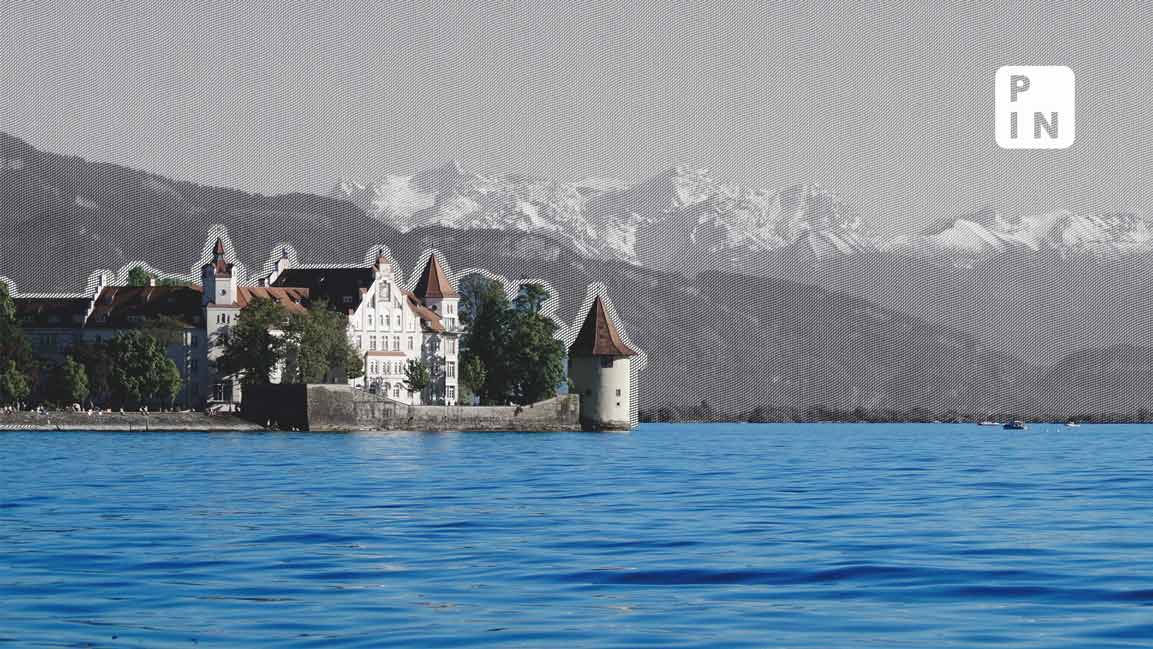- | 2:00 pm
Switzerland offers $58,000 prize for ideas to extract arms from pristine lakes
The open, anonymous online contest invites entries until 6 February, with the winners announced in April

Switzerland is offering a combined 50,000 Swiss francs (about $58,000) for three best ideas to extract submerged ammunition from some of the country’s pristine lakes.
“Armasuisse is seeking new procedures for the environmentally friendly and safe recovery of ammunition from Swiss waters by means of an idea competition,” the Swiss federal office for defense procurement said in a statement.
“It is not planned to implement the submitted entries immediately, but they could serve as the basis for further clarifications or for launching research projects,” the statement added.
From 1918 to 1964, surplus and defective military ammunition was dumped in Swiss lakes, mainly in Lake Thun, Lake Brienz, and Lake Lucerne, at depths of 150-220 meters.
Armasuisse has launched the competition to engage academia and industry in developing safe, environmentally friendly methods to possibly recover this ammunition.
The open, anonymous contest, hosted on simap.ch, invites entries until 6 February, with the winners announced in April. The competition documents are available on the federal government’s tender platform under the number #520-01.
What are the challenges?
Past attempts to retrieve ammunition faced significant challenges due to potential ecological damage from disturbing lake sediments and varied conditions of the submerged munitions, posing risks of explosion and environmental harm.
“An assessment of possible recovery techniques in 2005 showed that all proposed solutions for ammunition recovery available at the time would lead to massive sludge turbulence and high risks for the sensitive ecosystem of the lake,” the statement said.
“The submerged ammunition is covered by a fine sediment layer up to two metres thick. If the sediments are stirred up during recovery, this might lead to the loss of oxygen, which is only available in low quantities at this depth, and as a result to damage in the lake ecosystem,” it added.
In addition to poor visibility, explosion risks, the varying water depths, currents, and the dimensions and conditions of the submerged ammunition (ranging from 4 mm to 20 cm in size and 0.4 g to 50 kg in weight) complicate recovery efforts.
While most ammunition components are magnetic iron, some detonators are made of non-magnetic materials such as copper, brass, or aluminum.









